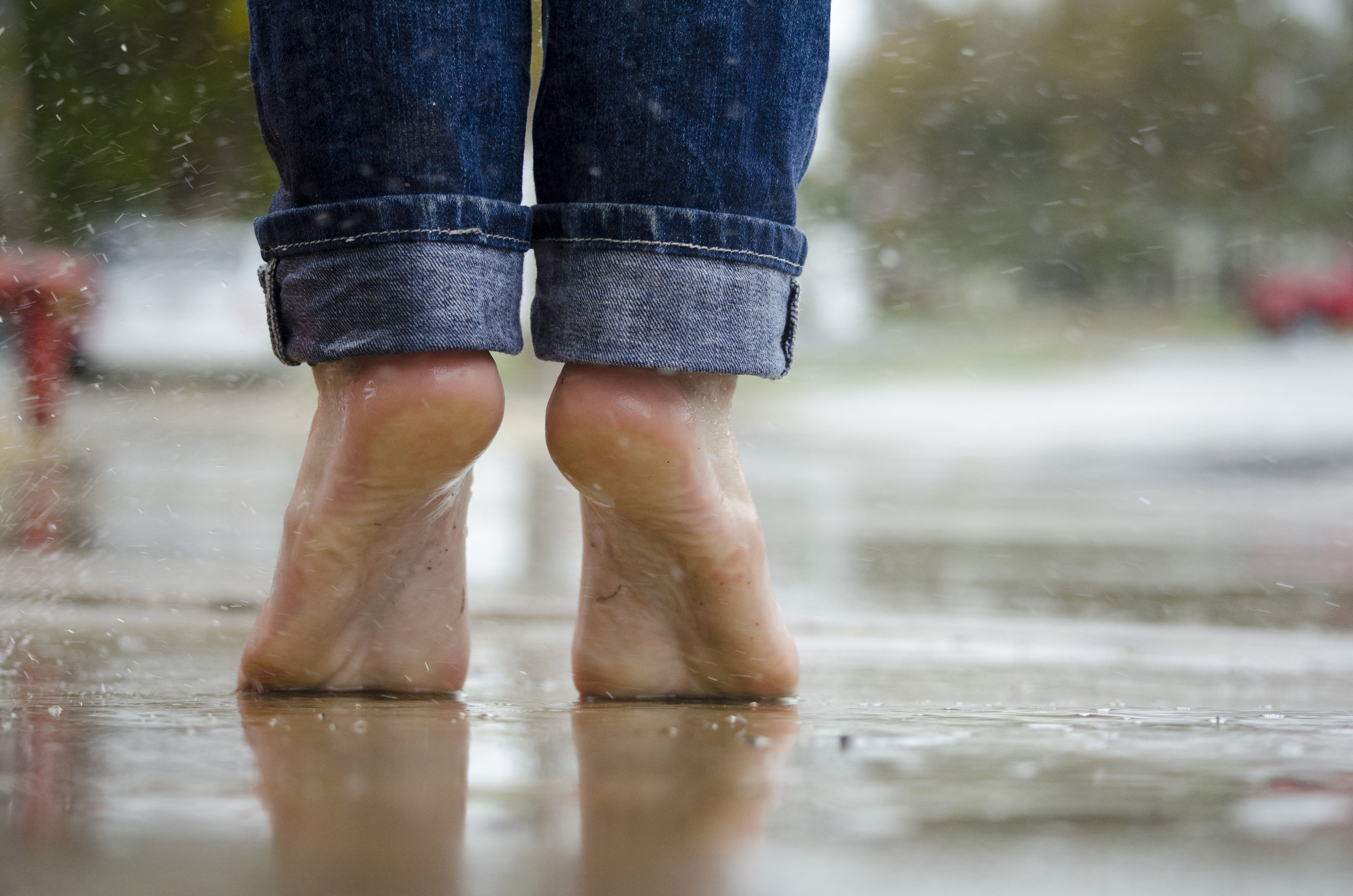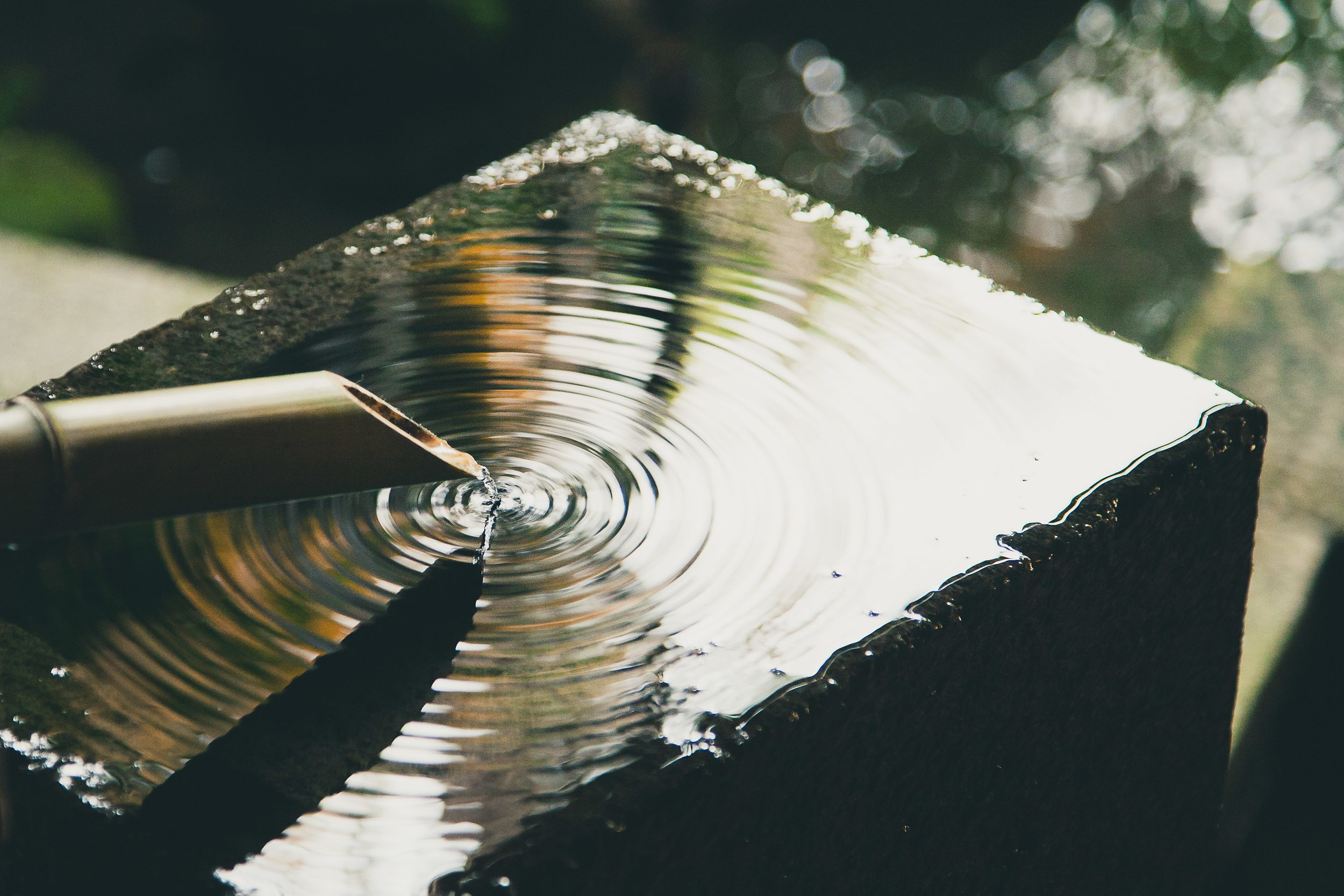All You Can Do To Save Water And Prepare For A Dry Summer

“When the well is dry, we know the worth of water." - Benjamin Franklin
Water woes have become a constant feature of the summer months in Bangalore. The water in wells runs low and tanks and reservoirs dry up. Grim images of long queues waiting to receive tanker water, of long dry water structures, and of thirsty birds and animals are common fare in the media. Water-saving tips are shared and implemented frenziedly as short-sighted, emergency measures. And the story repeats itself the following year.
How about we appreciate the worth of water, start thinking about the imminent shortage we will face, and prepare for it right away?
Bangalore's water situation
Bangalore receives most of its water from the River Cauvery, which is pumped from 100 kilometres away to meet the city's daily requirement of about 135 million litres. Of this, 49 percent of the water is lost due to leakages and theft and considered as NRW (non-revenue water). Other important sources of water are borewells and lakes (tanker water). Bangalore also receives close to 750 mm of rainfall annually which is sufficient to cater to all the water needs of its population if every drop is saved and steps are taken to reduce water wastage.
Image: Flickr CC/Ram Reddy
Where lies the problem?
According to the World Health Organisation (WHO), between 50 and 100 litres of water per person per day are needed to ensure that most basic needs are met and few health concerns arise. But, the average water utilisation by urban individuals has increased over the years and it is not uncommon for households to consume as much as 1,000 litres per day. This has led to water shortages and, despite our growing dependence on groundwater, efforts to recharge it are close to absent in the city.
Rainwater harvesting has been mandated by the state government, but the households implementing the rule are few and audits and penalties for non-compliance are weak or absent.
Citizens feel that digging a new borewell will ensure water availability and protection from water shortage, the reason for the unprecedented rise in their number across Bangalore. But ground realities are different - borewells are drying up too fast and depths have reached more than 1,200 feet. In many parts, the water is not even potable. The Cauvery basin has dried up, and lakes are contaminated.
Unless we understand our water usage, reduce it to 50 percent of our current utilisation, and create alternate sources of water through rainwater storage and reuse, it will soon be impossible to provide even drinking water to the city. This year, with the unprecedented drought across the state of Karnataka, we will face severe water shortage from January to April. It is best to adopt all possible water conservation methods and work towards reducing our water footprint.
How to be water wise
1. Understand your water needs and usage: Similar to the carbon footprint, it is imperative that we evaluate the amount of water used by each person/household or commercial entity. This is the first step towards reducing your consumption and putting water-saving systems in place.
2. Think outside the borewell: A rainwater harvesting system can easily help city dwellers achieve water self-sufficiency and freedom from dependence on municipal water supply. From a 100 square metre roof area, for example, one can store nearly 1,00,000 litres of rainwater or use it to recharge underground aquifers.
3. Water drawn out must be put back in the ground: During the monsoon, after collecting enough water for our needs, excess water must be used to recharge underground borewells or open wells, which will help provide water during the dry season.
4. Reduce your domestic water consumption with a combination of structural and behavioural changes:
In the kitchen:
- Install low flow aerators to reduce flow rate from taps from 12/16 litres to 6 litres per minute. Measure the total time spent washing utensils, and optimise the water run rate accordingly.
- Install visuals at kitchen wash basins to show realities of water scarcity. Reminder posters or stickers to save water at key areas (washbasin, kitchen etc.) also helps.
- Educate housekeeping staff not to keep the tap running, especially while soaping or scrubbing utensils.
In the bathroom/ toilet
- Install 2 or 3 LPM low flow spray aerators in wash basins can help reduce water consumption by 75 percent.
- Toilet flushing is one of the major consumers of water. Using dual press toilet containers will help reduce consumption by 50 percent. If you have wall installed a WC unit, then reusing STP filtered water will help reduce overall consumption. Using recycled water for flushing can help bring down your water bills by 30-40 percent.
- Turn off the tap while brushing, shaving etc. Stickers with appropriate messages on water savings and visual posters will help change behaviour quickly and act as a daily reminder to be water wise.
Carwash and other activities
Washing your car on a daily basis consumes anywhere between 80 to 150 litres of water if a hose pipe is used. A community of 100 apartments having 150 cars will use up between 9000 to 13,500 litres of water a day. Car wash done once or twice a week using buckets, or a damp cloth will save significant amount of water. In large residential communities with many cars, it is important to educate cleaning personnel about the above methods to bring down water consumption to 2400 litres a day.
Another area of water wastage is front yard cleaning. If a bucket (12 to 16 litres) is used instead of a hose pipe (150 to 200 litres for 10 mins), we can save more than 90percent of water to clean our front yard. These simple daily measures will help save every drop.
Rainwater harvesting and aquifer recharge
Rainwater harvesting has two stages: (a) Collect as much water you can during the rainy season, so that you can use rainwater as the primary source during those months. (b) Excess water can be let out to underground pits to recharge aquifers and borewells.
Saving and reusing of domestic grey water
Treated domestic grey water plays a very important role in reducing our water footprint. If a proper STP system is set up and water quality is maintained, this water can be used for toilet flushing and gardening purposes. Toilet flushing consumes close to 50 percent of daily water usage, and if properly treated grey water is used, it will reduce freshwater consumption.
Is all this possible?
Yes it is. At Purva Vantage, a community of 76 flats in Bangalore, we have adopted all possible measures to save every drop of water. With our efforts, the consumption levels have been brought down by as much as 40 percent. Along with reusing grey water for secondary purposes, like flushing and gardening, a rainwater storage system has been set up to collect every drop of water to be reused within the apartment. All apartments have implemented low flow aerators for taps to save a significant amount of water.
If citizen efforts to save water are stepped up and if government authorities conduct regular audits of rainwater harvesting compliance, it is possible for Bangalore to develop alternative water sources and insure itself against water shortage.
Shashidhara is the founder of EverythingECO, a startup focused on sustainability solutions and water technologies. He is an active cyclist and recently won the NIP award to enable cycling infrastructure in HSR Layout in Bangalore.







